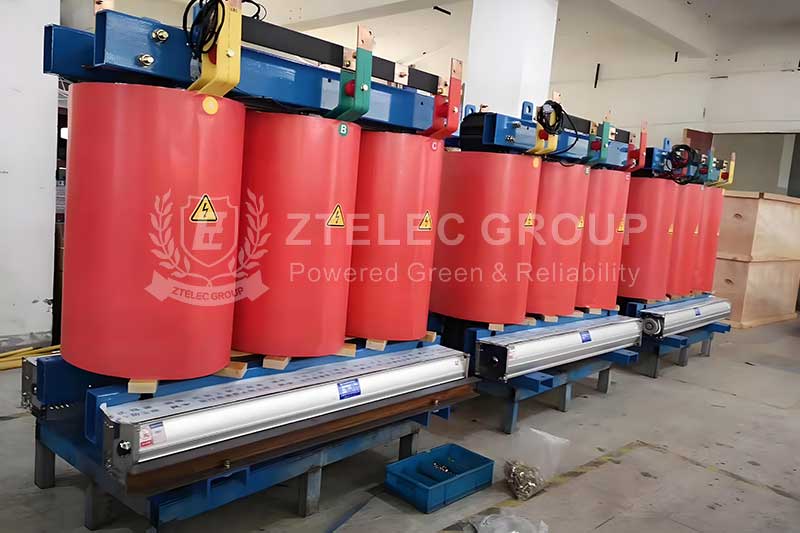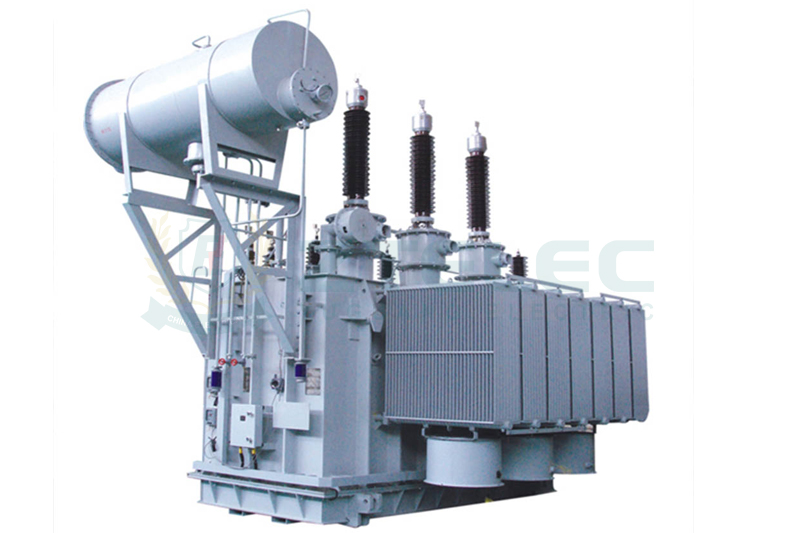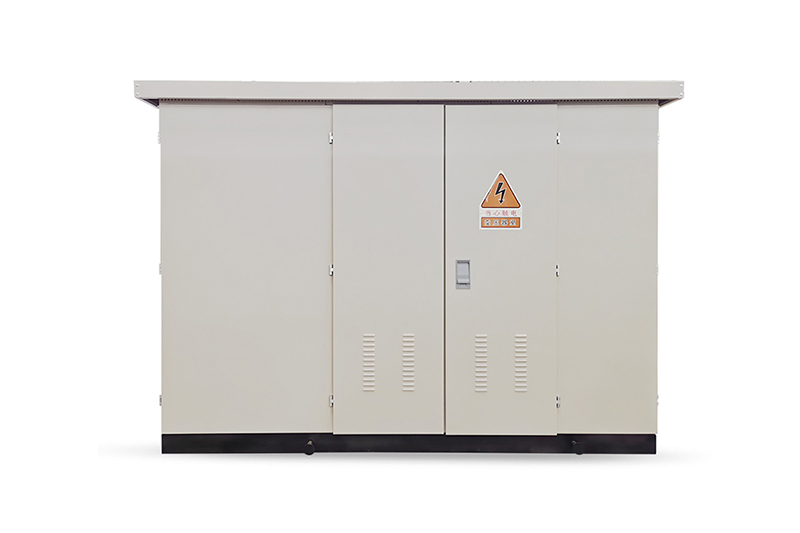What is the current application status of dry-type transformers?
Time:2025-04-9 Auther:ZTelec-www.ztelectransformer.com
What is the current status of the application of dry-type transformers?
1.Electric power industry
In the power system, dry-type transformers are extremely critical and indispensable equipment. In the power generation link, they are responsible for stepping up or down the voltage of the power generated by the generator to meet the transmission requirements of the power grid. In some small hydropower stations and wind farms, dry-type transformers are widely used in the conversion and transmission of electric energy due to their small size, light weight, and easy installation.
Dry-type transformers also play an important role in the transmission and distribution process. In urban distribution networks, dry-type transformers are often used in substations and distribution rooms, which can convert high-voltage electricity into low-voltage electricity suitable for users. With the acceleration of urbanization, urban electricity load continues to grow, and the requirements for the capacity and reliability of distribution transformers are becoming more and more stringent. With its excellent insulation and heat dissipation performance, dry-type transformers can meet the high-load and high-reliability operation requirements of urban distribution networks. At present, in the central areas of some large cities, the application of dry-type transformers has exceeded that of oil-immersed transformers.
2.Industrial field
Industry is one of the important application fields of dry-type transformers. In the manufacturing industry, various types of production equipment require a large amount of electricity supply. Dry-type transformers can provide stable and reliable power supply for these equipment. For example, in the electronics manufacturing industry, precision production equipment has extremely high requirements for power quality. Dry-type transformers can effectively reduce voltage fluctuations and harmonic interference to ensure the normal operation of equipment.
In heavy industrial fields such as chemical industry and metallurgy, dry-type transformers are widely used because of their fireproof and explosion-proof characteristics. The production environment of these industries is often harsh and exists flammable and explosive gases and dust. Dry-type transformers do not need to use oil as a cooling medium, which greatly reduces the risk of fire and explosion. At the same time, the maintenance workload of dry-type transformers is relatively small, which helps to improve production efficiency and reduce production costs.

3.New energy field
With the rapid development of the new energy industry, the application of dry-type transformers in this field is becoming more and more extensive. In solar photovoltaic power generation systems, dry-type transformers are used to convert the direct current generated by photovoltaic panels into alternating current, and step up the voltage to be connected to the power grid. In wind farms, dry-type transformers also play an important role, stepping up the voltage of the electric energy generated by wind turbines for long-distance transmission.
New energy power generation is intermittent and volatile, which puts higher requirements on the adaptability and reliability of transformers. Dry-type transformers can quickly respond to changes in voltage and load to ensure the stable operation of new energy power generation systems. In addition, its environmental protection and energy-saving characteristics are also in line with the development concept of the new energy industry.

What are the new trends in dry-type transformer technology?
Insulation materials: Currently, they are mainly epoxy resin (casting type) and Nomex paper (open type). And they are developing towards environmentally friendly (such as bio-based resin).
Cooling technology: Use forced air cooling, three-dimensional wound core design (such as SCB14) and other methods to reduce temperature rise and improve efficiency.
Intelligence: Development technologies such as temperature sensors and partial discharge monitoring to achieve real-time status monitoring.
Dry-type transformer market drivers
Policy
Driven by China’s “dual carbon” goals, high-efficiency and energy-saving transformers (such as SCB18) can enjoy subsidies, while oil transformers below S9 are eliminated. The EU restricts the use of mineral oil transformers indoors and forces the use of dry or natural ester oil transformers.
Demand
New energy power stations (such as photovoltaic inverter boost), charging pile power distribution, data center expansion, etc. have driven the demand for dry-type transformers. In addition, the urbanization process in developing countries is accelerating, and the demand for building power distribution is also rising.
What are the challenges of dry-type transformers?
Although dry-type transformers have broad application prospects and a good development trend, they also face many challenges. For example, the manufacturing cost of dry-type transformers is relatively high, which to a certain extent limits their application in some cost-sensitive fields. In addition, with the development of power electronics technology, higher requirements are placed on the electromagnetic compatibility of dry-type transformers. This means it is necessary to further increase research and development and innovation efforts to improve the performance and quality of dry-type transformers.




